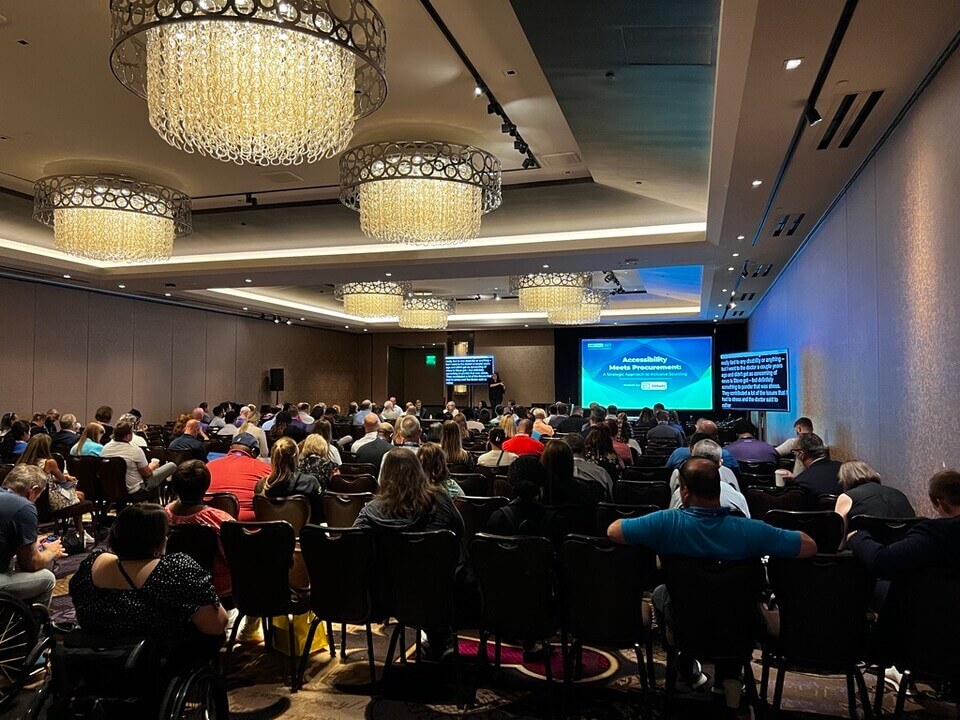
As we reflect on July’s Disability Pride Month and step into August’s Intersectionality Awareness Month, it is a perfect time to explore how accessibility is vital for creating inclusive experiences. Both months remind us to consider how various aspects of identity—such as race, gender, and disability—intersect to shape our experiences. By focusing on accessibility, we can better support the diverse identities that make up our communities.
Understanding Intersectionality
Intersectionality is the concept that multiple aspects of a person’s identity, such as race, gender, and disability, overlap and interact, making each person’s experiences unique. Recognizing intersectionality helps us understand the diverse challenges people face and underscores the importance of creating spaces where everyone feels valued and included.
The term “intersectionality” was coined by Kimberlé Crenshaw in 1989 to illustrate how different forms of oppression, like race and gender, interact. You can hear Kimberlé Crenshaw talk about intersectional theory in this video.
Why Inclusive Communications Matters
Inclusive communication is essential for ensuring everyone can fully participate in work, social events, and daily life. It plays a key role in promoting intersectional inclusion by addressing the diverse needs of individuals. For example, Disability:IN,a nonprofit championing disability inclusion in business globally, held its annual Global Conference and Expo in Las Vegas in July. This event highlighted several innovations that underscore the importance of accessibility and its potential to transform experiences for everyone.
The conference also showcased how communicators can tap into product innovations to make their content more accessible:
These accessibility innovations demonstrate that both emerging brands and established legacy brands are recognizing inclusion and accessibility as significant opportunities for inclusive marketing. Brands prioritizing accessibility can tap into a vast, often overlooked market of over a billion people, building loyalty and trust withconsumers who value inclusivity. By authentically integrating accessibility into their products and messaging, marketers can reach a broader audience and drive meaningful change in the way society views and values diversity.
The Value of Inclusion
As we transition from Disability Pride Month to Intersectionality Awareness Month, it’s clear that embracing accessibility and inclusivity is not just a moral imperative but a strategic advantage. By being intentional in our inclusive efforts, we support diverse identities within our communities and create opportunities for innovation, growth, and deeper connections. The advancements highlighted at the Disability:IN Conference reminds us that when brands commit to inclusivity, they unlock new possibilities for everyone, paving the way for a more equitable and dynamic future. Embracing inclusive communication practices drives societal progress and fosters a world where diversity is celebrated, and all contributions are recognized and valued.
Follow Current Global for insights on inclusion, diversity, equity, and accessibility (IDEA), and discover how we create inclusive communications that ignite meaningful connections and ensure equitable experiences for all. To connect and collaborate, email us at [email protected].
We thrive on solving the toughest business and brand challenges. We’d love to discuss how we can help you ignite your spark.
[email protected]